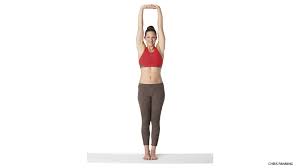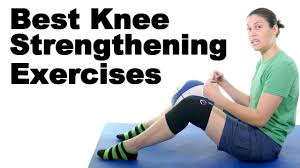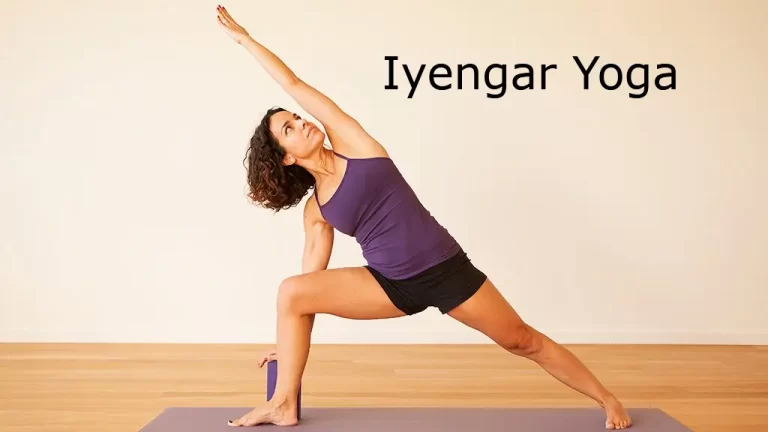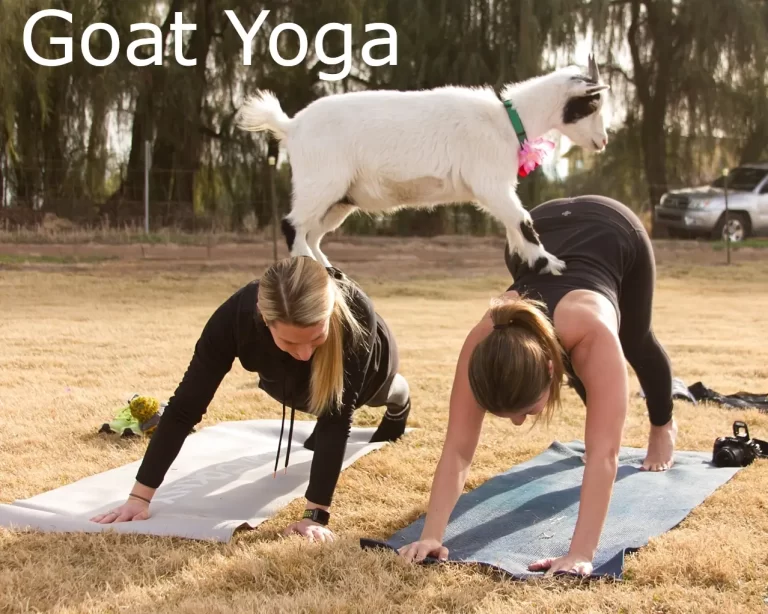Tadasana (Mountain Pose)
Tadasana
Tadasana and Samasthiti are two names for a common standing yoga posture.Tadasana is an asana. Depending on the Yoga lineage practiced, Samasthiti and Tadasana may refer to the same asana or two similar asanas.
Description
With feet together and hands at the sides of the body, it is a fundamental standing pose in most types of yoga. There is some disagreement among yoga traditions over the specifics of the pose, which leads to some variants.
How to do tadasana?
Place your feet together. Lift up through the top of your head and press down uniformly with your feet. Raise your thighs. Lengthen your spine by extending it through all four sides of your waist. Breathe easily. Tadasana is the foundation and beginning point for many standing asanas, while being a relatively basic pose.
As such, Tadasana is important in the context of other asanas because it allows the body and consciousness to integrate the experience of the preceding asana and prepare for the next. Further, as a common and fundamental asana, Tadasana can help develop habits for further practice and other asanas.
Adho Mukha Svanasana and Uttanasana are two asanas that aid in getting ready for Tadasana. With the hands lifted above the head, Urdhva Hastasana is a very similar pose.
Tadasana yoga video
Effects
The asana strengthens the abdomen and the legs. It may help relieve sciatica, reduce flat feet, and help plantar fasciitis and heel spurs by improving the strength of deeper foot muscles that support your foot and reducing the load on the less suited plantar fascia.
Cautions
Due to the effects of standing, prolonged practice of Tadasana and its standing variations should be done with caution by those who suffer from headaches, insomnia, or low blood pressure.
It is advised to maintain a degree of muscle tension in this asana. Moderate tension in the thighs and hips can help develop positive habits and can increase the musculature in those areas, which can help prevent injury. Additionally, maintaining a degree of tension requires awareness, which can help prevent injury itself. Though in this asana it is unlikely to injure one’s, this habit can be beneficial throughout yoga practice.
Hyperextension of the knee can compress the knee joint and can strain the medial meniscus, causing knee problems.
Since the feet serve as a foundation for the rest of the body in this and other standing asanas, the position of the feet is of high importance. Minor alteration in the position of the feet affects posture throughout the body.
Anatomy
Parts of the body that play an important role in performing this asana are: both the intrinsic and extrinsic muscles of the feet, the quadriceps, the iliopsoas muscles, the piriformis, the abdominal wall, and the diaphragm.
The position of the body can be described anatomically as:
The ankle, hip, shoulder, and wrist joints are neutral, halfway between flexion and extension, with the elbow joints extended and forearms pronated. This means the feet are flat and parallel, and the hands are next to the thighs with the thumbs facing forward (in a distal position).
The knees are straight, but not hyper-extended. Further, the kneecaps are lifted by the quadriceps femoris, and the ischial tuberosities maintain tension via the hamstrings.
The abductor muscles hold the thighs together.
The following points through the body are lifted upward: the arches of the feet, the pelvic floor, the lower abdomen, the rib cage, cervical spine, and the top of the head. In this position, akin to standing “smartly”, the action of standing erect should do most of the lifting without much special effort from the subject.
The curves of the lumbar, thoracic, and cervical exhibit mild axial extension.
Downward release exists in the following parts of the body: the shoulder blades (supported by the rib cage), the tailbone, and in the foot at the heel (Calcaneus), and the first and fifth metatarsals (the three of which serve as primary contact points with the ground). The shoulders should not be thrown back, but simply relaxed neutrally.
If the hands are raised over the head, palms together (as per the variation) this stretches the thoracic cavity and rib structures including the intercostal muscles and expands the thoracic cavity increasing lung capacity. A slight back bend could be included to accentuate the effect and stretch the front of the body, chest and ribs motion.
Strengthening:
Thigh, Knee, Ankle.
Advantage:
If the hands are raised over the head, palms together (as per the variation), this stretches the thoracic cavity and rib structures
Tadasana is a crucial yoga pose that aids in self-balancing and grounding. It keeps you energized and strengthens your lower back and lower limbs. It works well for sciatica and low back pain.
Contraindication of tadasana yoga
Tadasana is applied throughout the day, whether we are aware of it or not. But people with headaches, low blood pressure, insomnia, or dizziness are advised against practicing the pose for long periods of time. Women who are menstruating and pregnant are advised to practice Tadasana with their backs against a wall.



![Downward Facing Dog Pose[Adho Mukha Svanasana]](https://mobilephysiotherapyclinic.net/wp-content/uploads/2023/12/Downward-Facing-Dog-PoseAdho-Mukha-Svanasana.webp)



6 Comments